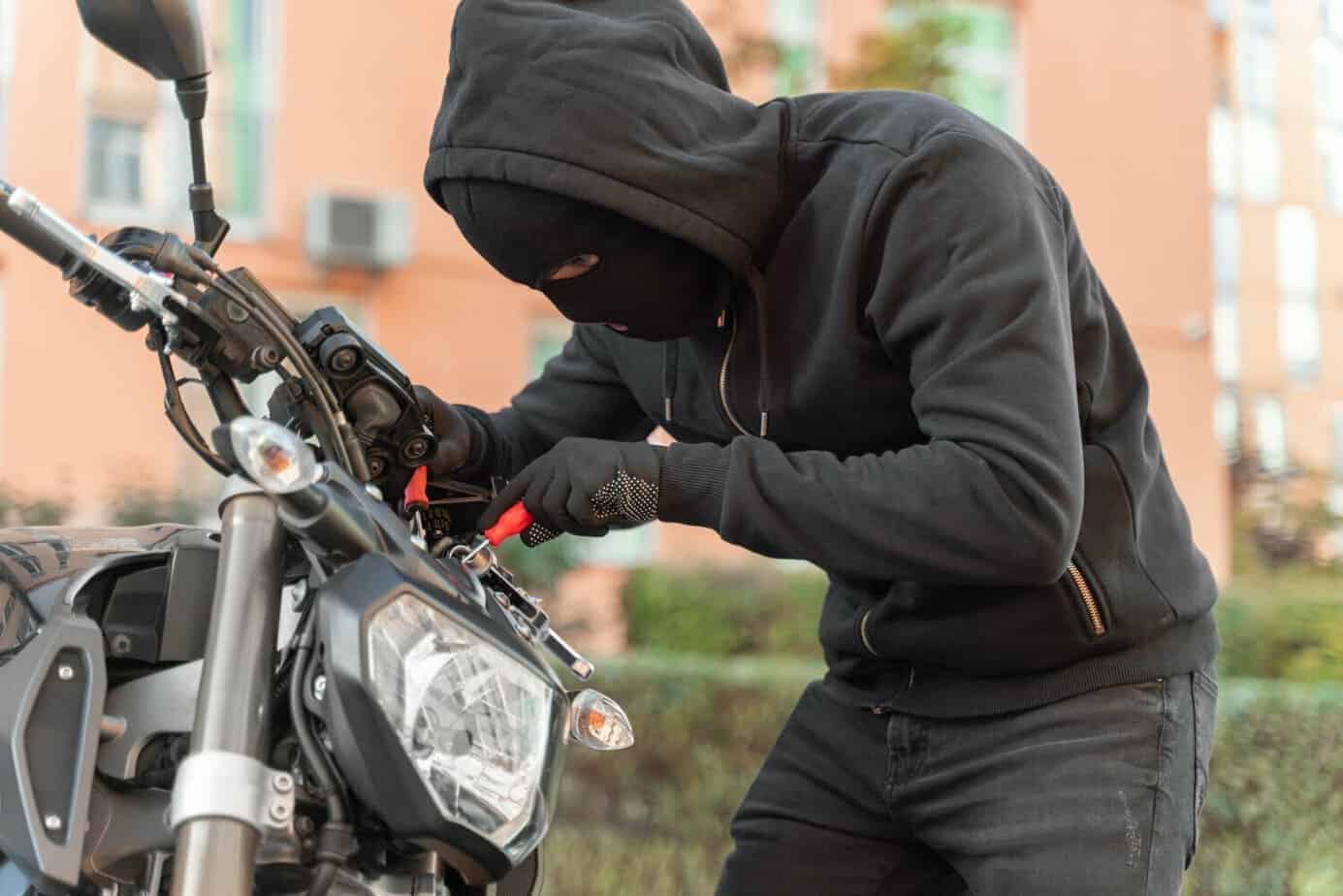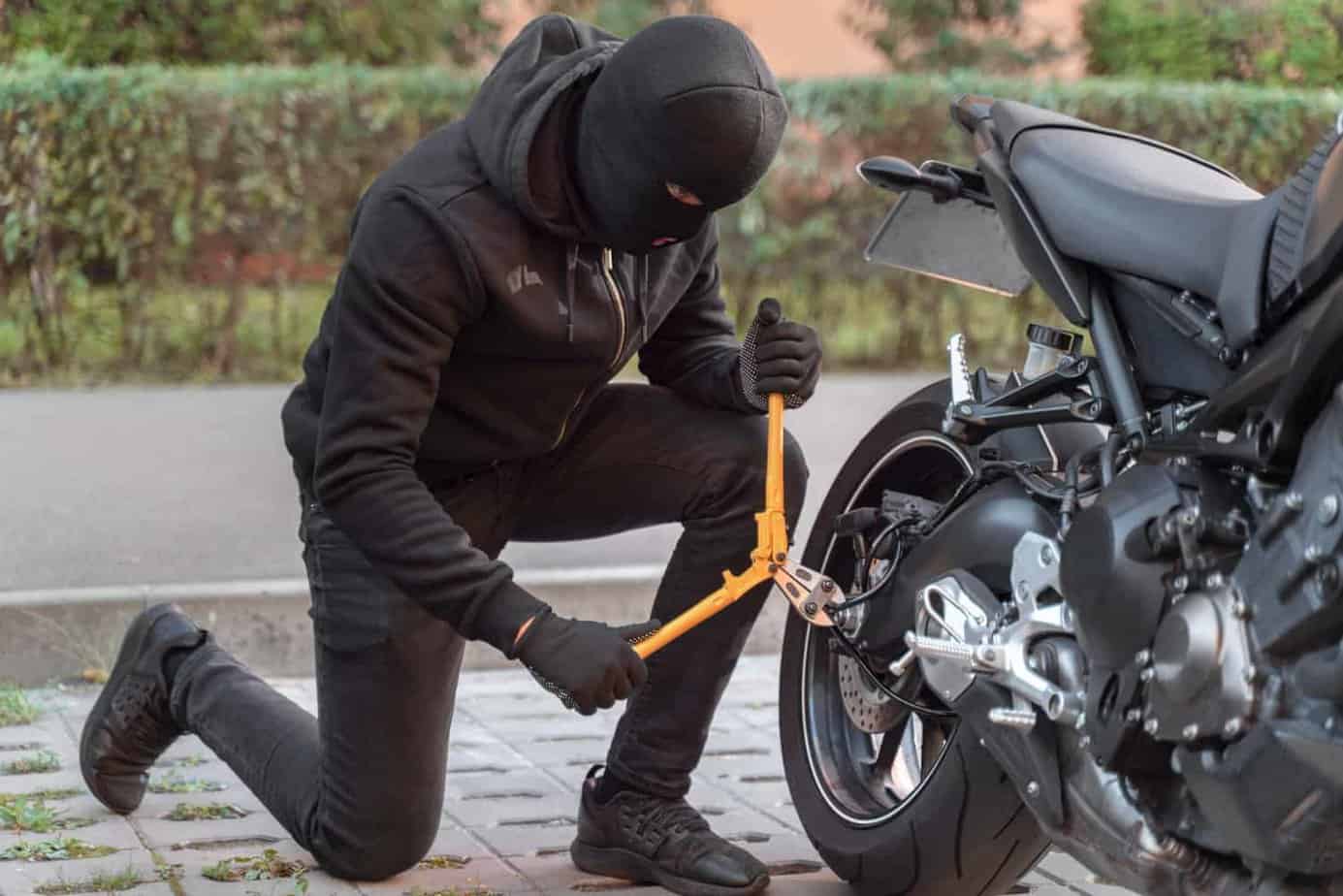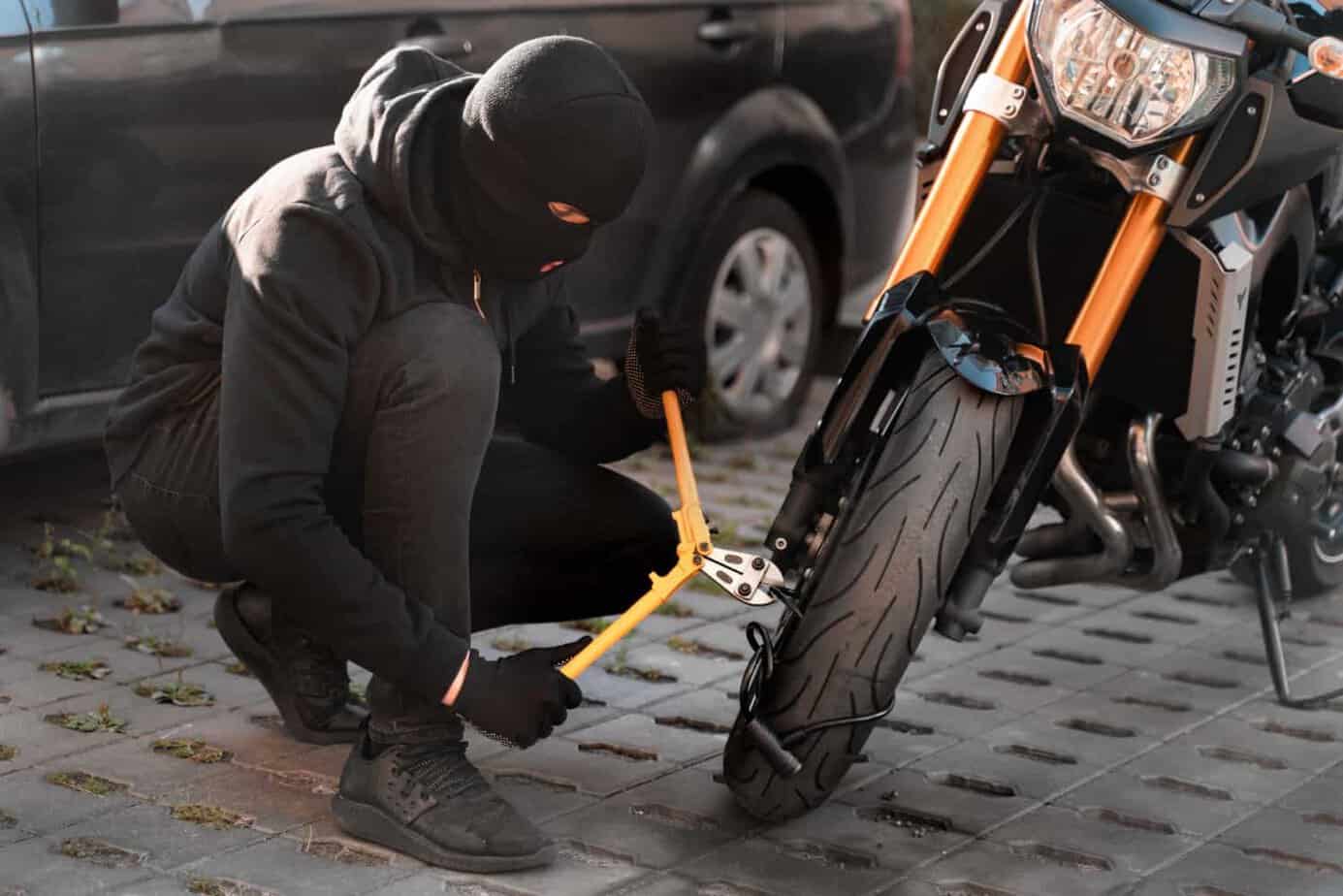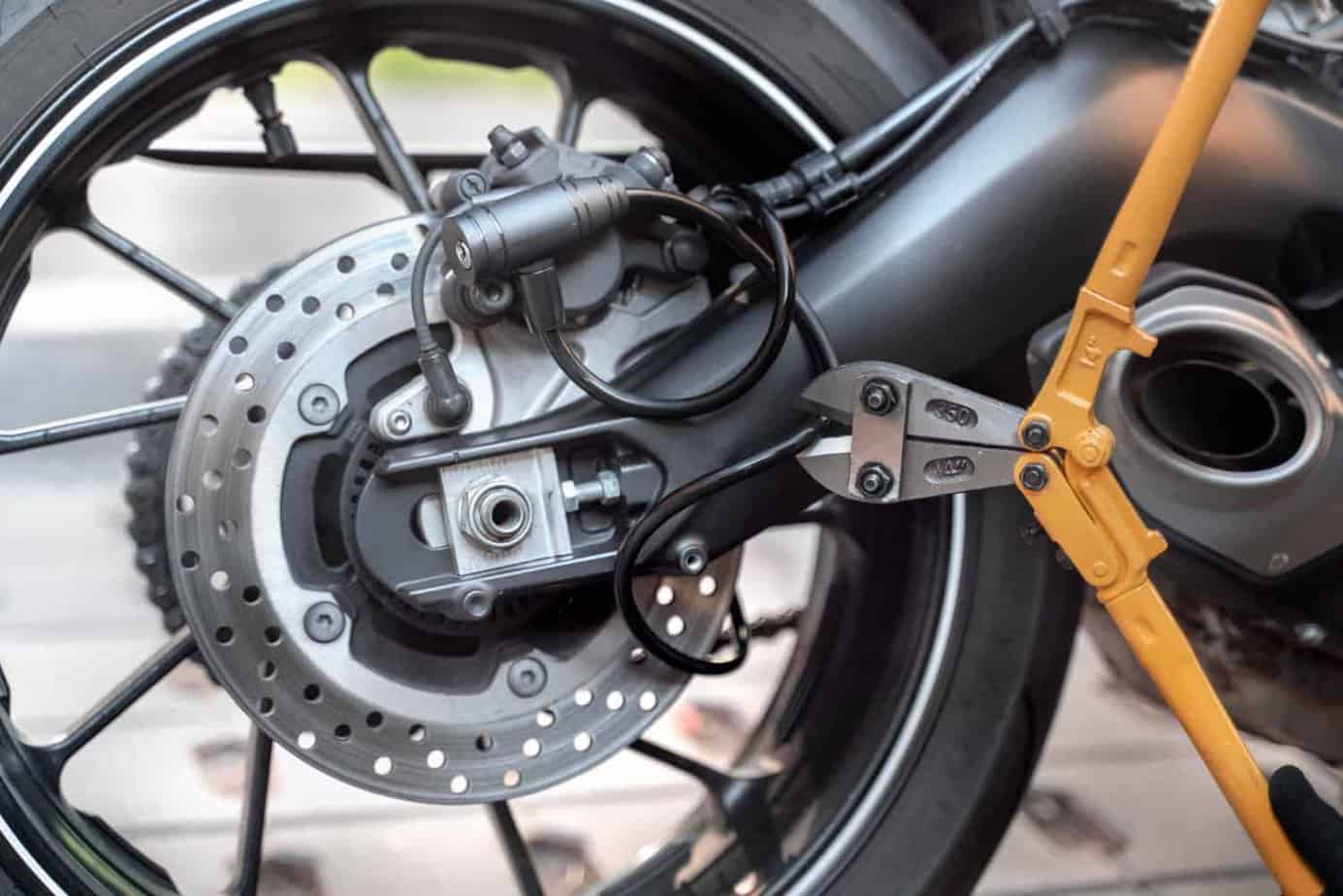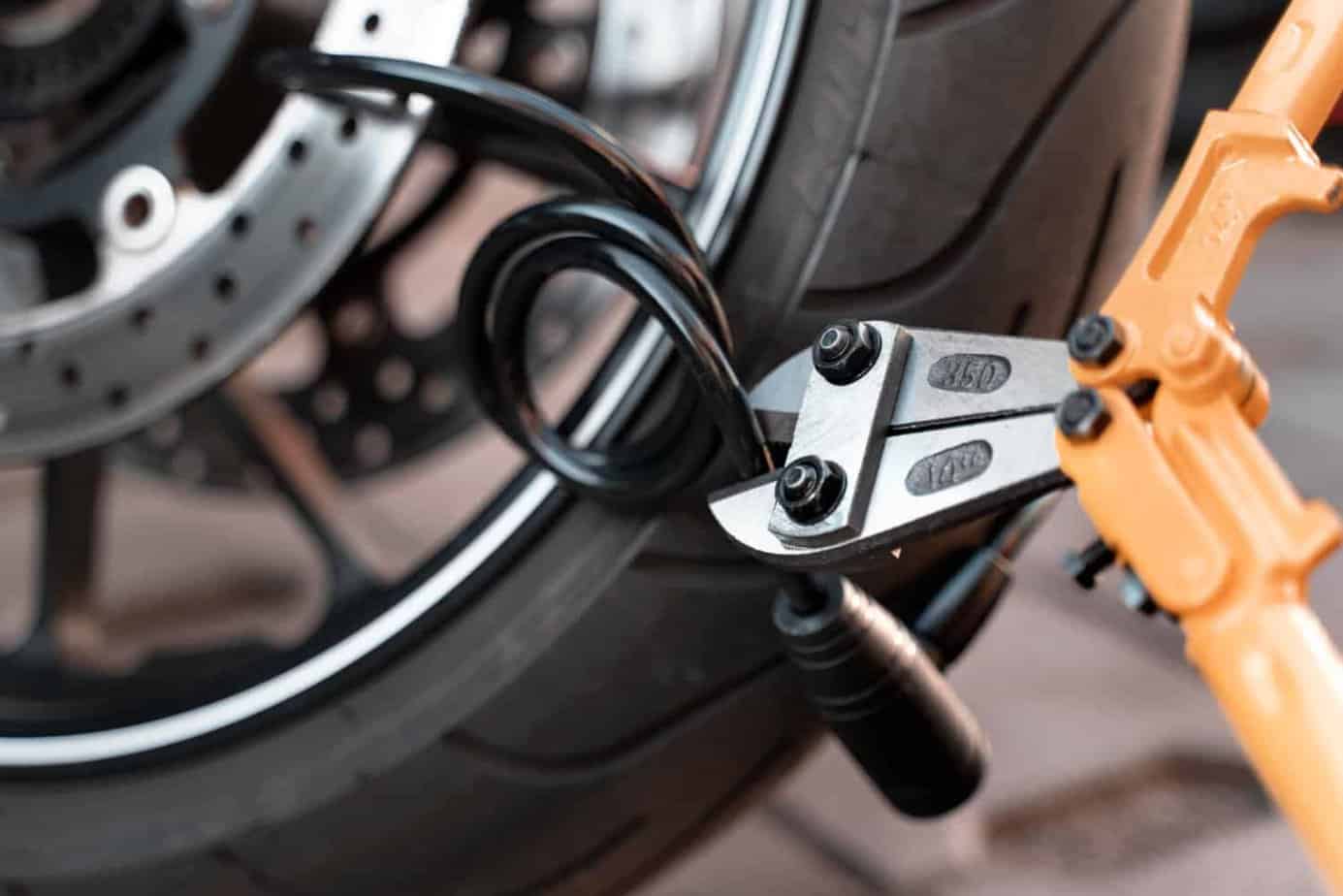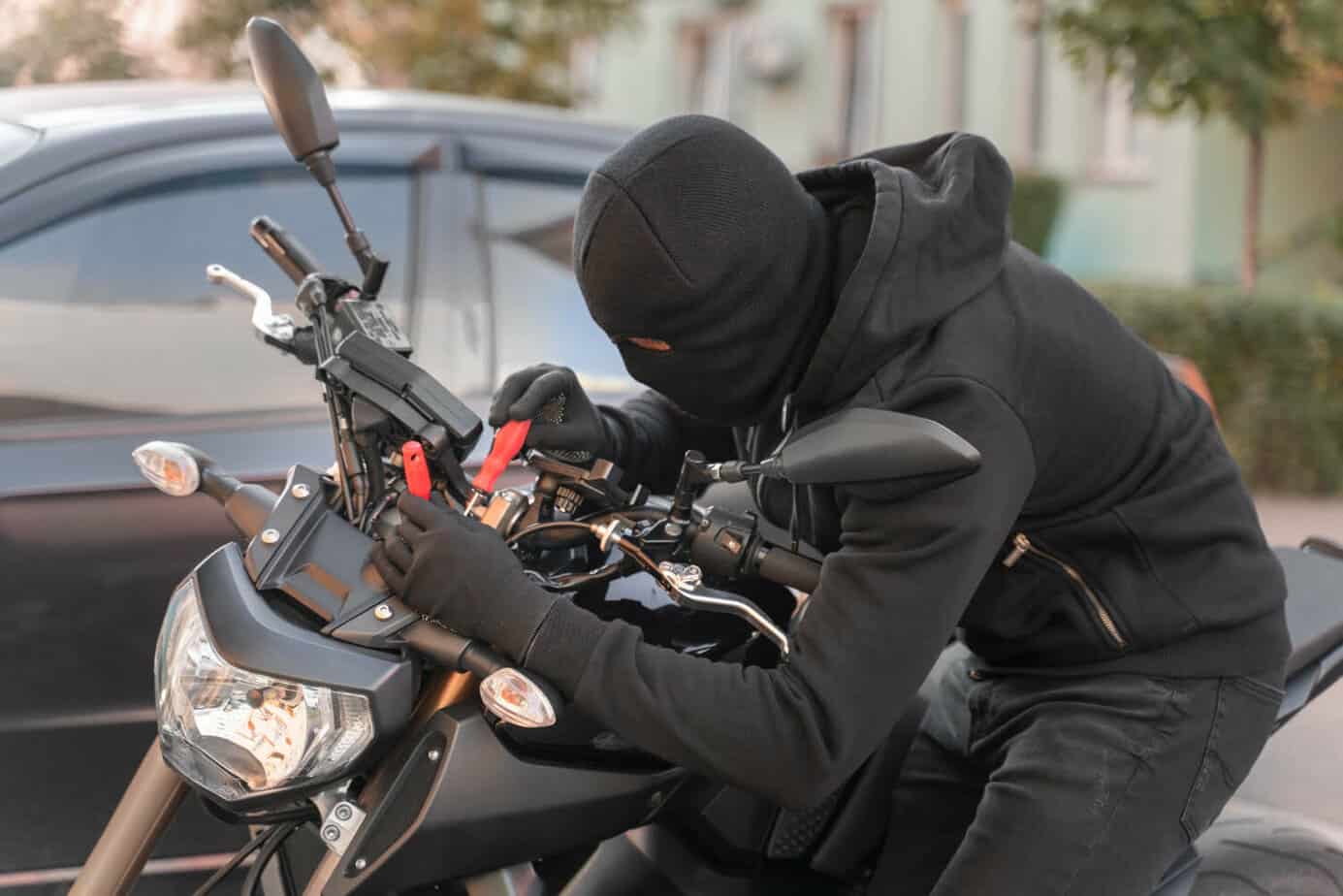Motorcycle theft is not just a localized issue; it often involves large-scale, organized criminal groups that operate across international borders. These international motorcycle theft rings are responsible for stealing bikes in one country and transporting them to other countries for resale or dismantling for parts. This sophisticated criminal operation presents a significant challenge to law enforcement agencies worldwide, highlighting the importance of international cooperation to tackle motorcycle theft effectively.
The modus operandi of international theft rings typically involves the following steps:
- Targeting high-value motorcycles: Thieves tend to focus on expensive, luxury, or limited edition motorcycles with a high resale value. These bikes are more lucrative for the criminal groups, both in terms of resale price and demand for parts.
- Stealing the motorcycles: The thieves employ various techniques to steal targeted motorcycles, such as grab-and-go, cutting through poorly made locks, or using force or weapons to make the rider dismount.
- Transporting the stolen motorcycles: Once the motorcycles are stolen, they are usually transported across borders using trucks, shipping containers, or even by air.
- Altering the motorcycles’ identity: As mentioned earlier, thieves may alter or remove the VIN and forge registration documents to disguise the stolen motorcycles’ identity. This process makes it difficult for law enforcement to trace and recover the stolen bikes.
- Reselling or dismantling the motorcycles: Depending on the demand and the targeted market, the stolen motorcycles are either resold as a whole or dismantled for parts. The parts are then sold to unsuspecting buyers or used to repair other motorcycles.
Fighting international motorcycle theft rings requires a coordinated effort among law enforcement agencies across different countries. Some of the strategies and initiatives that can help combat these criminal groups include:
- Sharing information and intelligence: Law enforcement agencies need to collaborate, share information, and exchange intelligence on motorcycle theft rings, their modus operandi, and known members. This cooperation can lead to more effective investigations, arrests, and dismantling of these criminal networks.
- Enhancing border security and surveillance: Strengthening border controls and surveillance can help detect and intercept the transportation of stolen motorcycles across international borders.
- International arrest warrants and extradition: In cases where members of theft rings operate in multiple countries, law enforcement agencies can work together to issue international arrest warrants and facilitate the extradition of criminals to face justice.
- Public awareness campaigns: Raising public awareness about the issue of international motorcycle theft rings and educating motorcycle owners on theft prevention strategies can help reduce the number of thefts and increase the chances of recovering stolen bikes.
In conclusion, international motorcycle theft rings are a significant challenge for law enforcement agencies worldwide. By working together and adopting a coordinated approach, these agencies can effectively combat this global criminal enterprise and reduce the prevalence of motorcycle theft.

Meet Simon, the 46-year-old aficionado behind YourMotoBro. With a lifelong passion ignited by motocross dreams and a Canadian Tire bicycle, Simon’s journey has been nothing short of extraordinary. From coaching underwater hockey to mastering muddy terrains, he’s an authority in thrill and adventure. Certified as an Off-Road Vehicle Excursion Guide and trained in Wilderness First Aid, Simon’s love for bikes is as diverse as his collection—from a robust BMW GSA R1200 to the memories of a Harley Davidson Night Train. By day a respected telephony consultant, by night a motorcycle maestro, Simon’s tales are a blend of expertise, resilience, and undying passion. ?️✨
